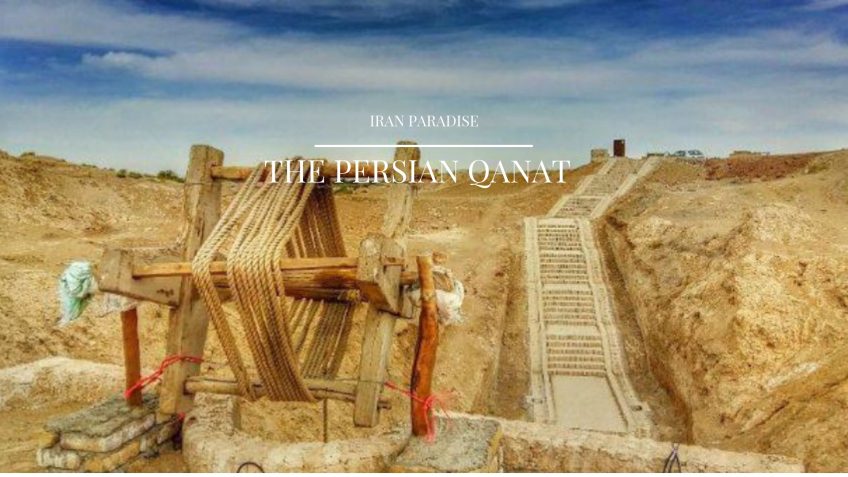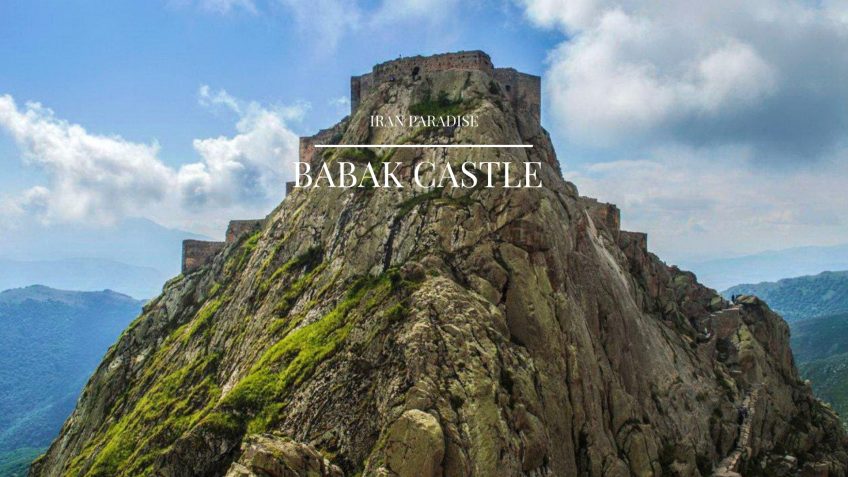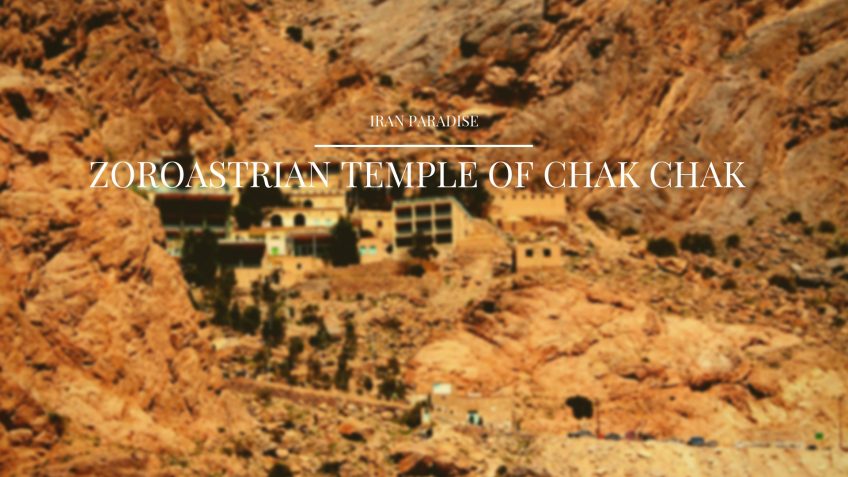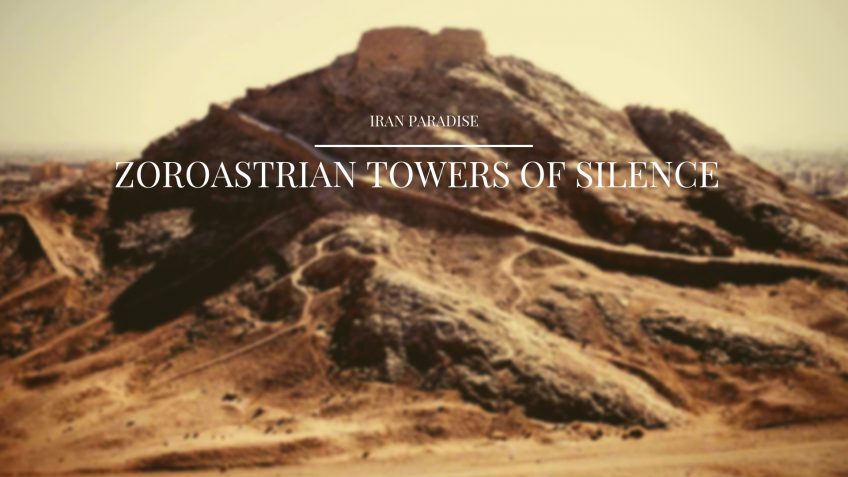
The Persian Qanat
Qanat is a symbol of civilization, tradition and culture in desert regions with arid climate and an outstanding example of using architectural complicated systems in Iran. In fact, Qanat is a tunnel-like channel underground which collects water from a main water source naming “mother well” in order to conduct water along tunnels and finally enable settlement […]






